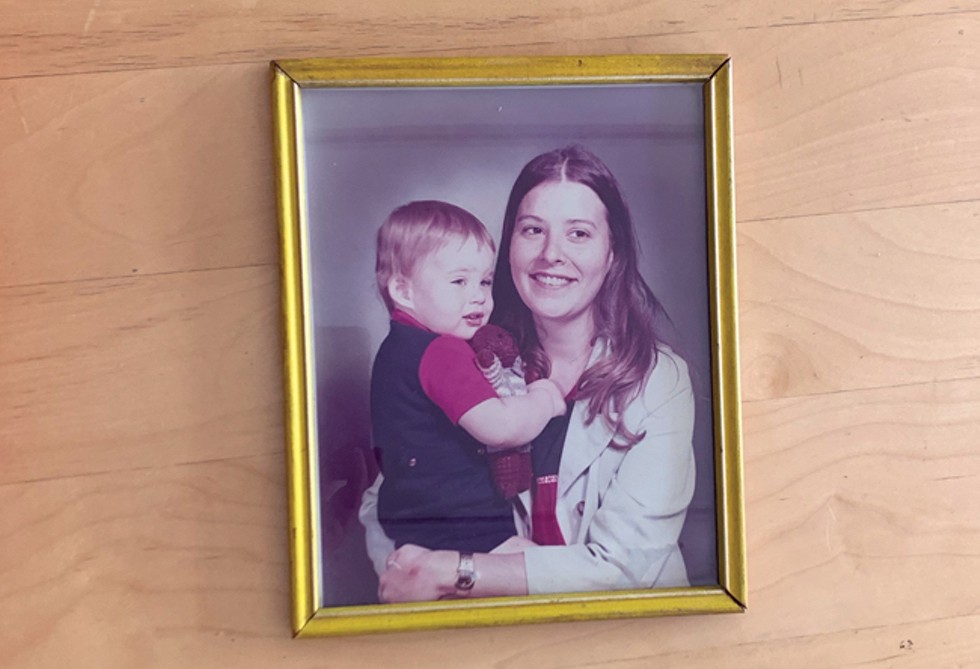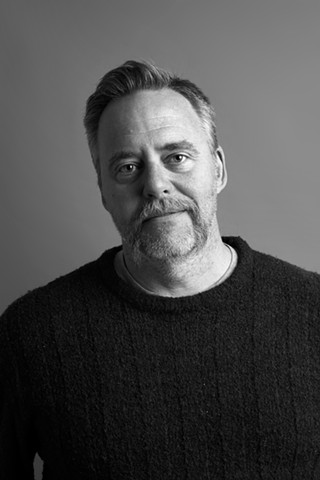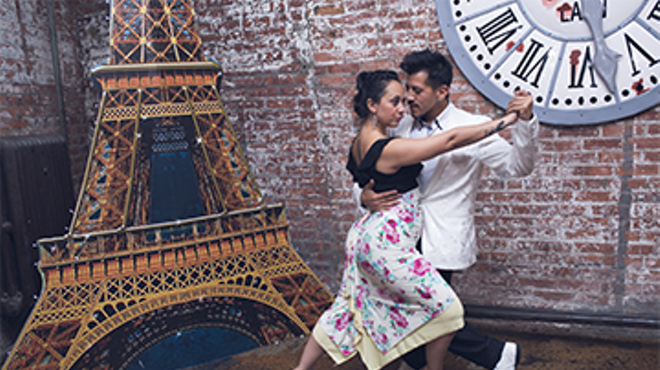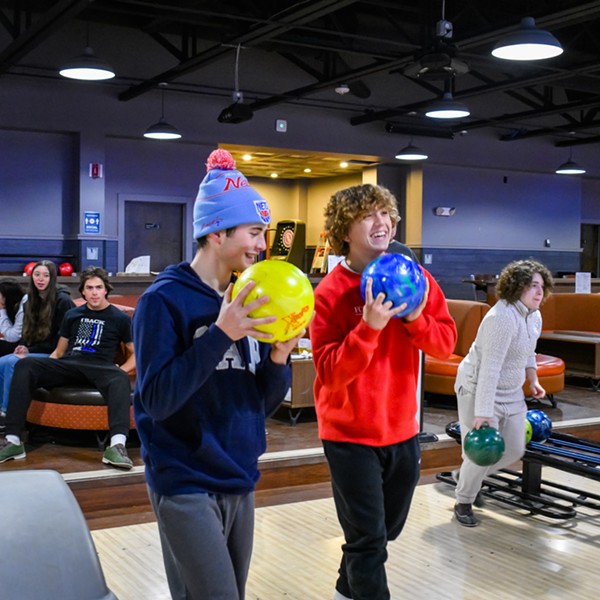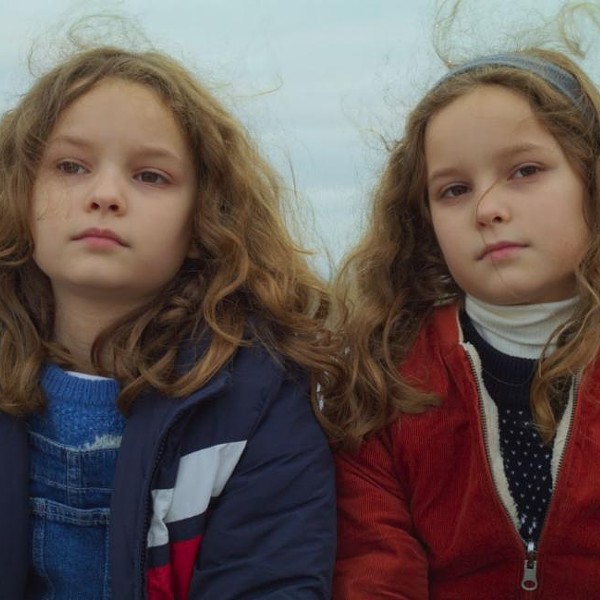In the late ’90s, I traveled to Europe for the first time. There was no real purpose to the trip—does a 27-year-old need a reason for such a thing?—but I had arranged a series of meet-ups with friends so that I didn’t wander around lonely and homesick for three weeks wondering why I came in the first place. There’s only so many museums I can visit (though the Book of Kells is top-notch), smoky cafes I can sit in writing in my journal (the Dutch do make a fine cup of coffee, however), and tube stations I can obstruct traffic in while parsing a street map (the English seem to take pride in not helping bewildered Americans) before my mood darkens considerably. Know thyself, as the dude said.
I spent a week in London with my pal Marcus, who showed me the beauty and horror of English day drinking, the merciless national sport there. I then traveled on to Amsterdam, where I met my friend Karl, then a fellow at the Levy Institute at Bard College, who was in town for an economics conference. We spent a week biking across the Netherlands in nearly nonstop rain—turns out September is the rainy season in Friesland—before reaching Copenhagen, where we hung out in the anarchist district and Karl ate too many space cakes, and then we flew home.
But before any of that happened, I spent a week in Ireland. I was the first Mahoney to return to the Emerald Isle since my grandfather, Patrick O’Mahony, stepped off the boat at Ellis Island in 1925. I was in contact with my relations in the home county of Cork—many had visited us in New York—and had a fine time as they graciously and gregariously showed me around the ancestral turf. It was the sort of voyage of genealogical discovery and Celtic sentimentality that Aer Lingus has built a robust business around, ferrying second- and third-generation Irish-Americans across the Atlantic to commune with the ghosts of their forbears.
One particularly poignant encounter was with my great aunt Kathleen, my grandfather’s last surviving sibling, who was then in her 80s. At her modest suburban home in Bantry Bay, she made me lunch—poached flounder and boiled potatoes served with brown bread and these adorable balls of butter that I watched her form with two wooden paddles. After lunch (eaten in the kitchen), we sat down at the dining room table (reserved for special occasions) and Kathleen brought out boxes of old photographs. We spent several hours sifting through them.
She pointed out family members, now long dead, at parties, on steamships, at weddings, smoking outside the pub, posing outside a church after someone’s First Communion. Kathleen wrote captions on the backs of black-and-white photos curling up at the corners, identifying everyone she could remember. Everyone dressed in suits and hats and dresses and high-heeled shoes, even in the most casual situations: double-breasted breakfasts and kitten-heeled dishwashing and throwing the ball to the dog in the backyard in pressed trousers and brogues.
These were my sixth and seventh cousins and whatnot, but they were her grandparents and aunts and uncles and parents—a long parade of dead relations who surely meant something to her, but whose existence would likely yield diminishing emotional returns down the generations.
Many of the photos contained people Kathleen couldn’t identify, and she set them aside in a separate pile. After a while she got up and fetched a wastepaper basket and threw the pictures away. When I asked why, Kathleen replied: “I’m the last of my generation. If I don’t know who these people are, then nobody does.” She said this matter-of-factly, without a note of sadness or bitterness. The people in these photos were now forgotten—to Kathleen and to our family history. Throwing away the photos was just a task she was saving someone else from after she died, a tidying up.
I was thinking of my visit with Kathleen 25 years ago recently as my siblings and I prepared the Ancestral Mahoney Estate in Queens for an estate sale. And by “prepared,” I mean we had to decide if we wanted any of this shit. If we didn’t take it, the estate agent would sell it—all the thousands of things my family had accumulated over the 75 years we had been living in the house. Vases. Books. A baby grand piano. A collection of hatchets. Enough tools to outfit a fledgling contractor. A decorative trumpet. Half-filled bottles of booze (which sold). Neckties. A blow-up canoe, still in the box. Furniture both antique and pressboard. Three Cuisinarts. Comic books. Pots and pans.
And more. So much more. More like the scrapbook my great grandmother kept of her European vacation in 1957 at the age of 73. More like my mother’s recipe book. More like a footlocker full of my grandmother’s press clippings from when she was a radio and TV show host in the ’40s and ’50s. Nancy—no one called my grandmother anything but Nancy—got a lot of fan mail for her show, “Woman of Tomorrow,” which was a hit with housewives, as they were then called, as the letters attest. Nancy died when I was 10, before my sister was born and before my brothers got to know her. The footlocker now sits in the back of my attic like the Ark of the Covenant at the end of Raiders of the Lost Ark. (Nancy died on Friday, June 5, 1981. Raiders was released one week later. Coincidence?!?)
Standing amidst all of the family detritus, my brother and sister and I were a tad overwhelmed. All this stuff we didn’t want, all these objects imbued with meaning if only because they surrounded us as children. A family’s things all up for sale. If I owned a bigger house I would have stuffed it to the gills with the china cabinet and the piano, if only to stave off the terrible feeling of finality.
We left behind the La-Z-Boy chairs and the wall-mounted antique mirror the size of small movie screen but we couldn’t leave the photos. Over several decades our mother had mounted a salon-style installation of family photos on the walls along the stairs between the second and third floor. We grabbed a lot of them but not all of them—some were duplicates of photos we already had, some were of people none of us knew. And who wants photos of strangers? One photo I did take was of a chunky toddler and his mother and his Binky the Boy Bear. Someday this photo will matter to no one, but for now it means everything to me.







